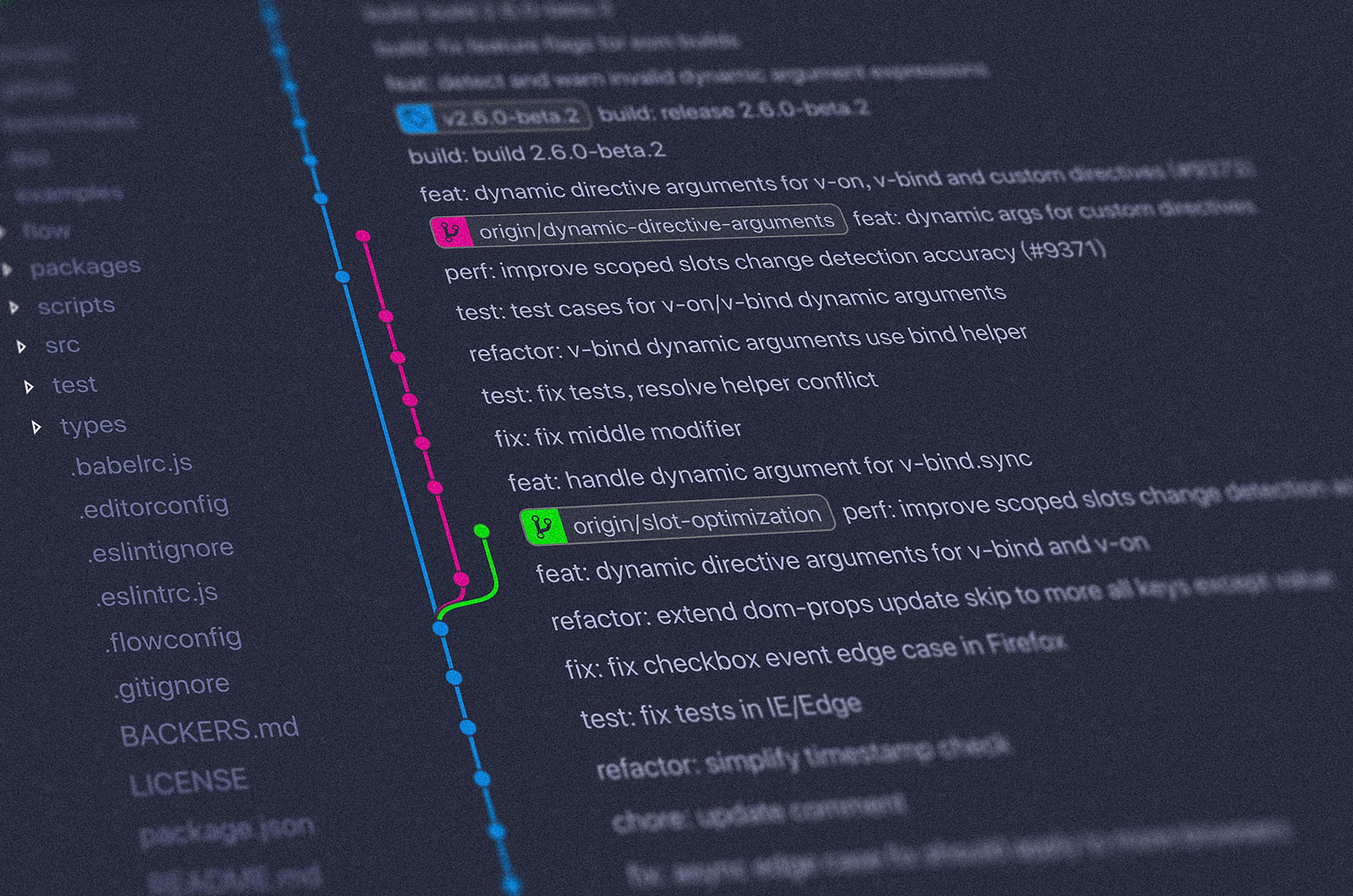In the bustling world of software development, where efficiency and responsiveness are paramount, Node.js emerges as a powerhouse, owing much of its capability to its unique event-driven architecture. At the heart of this architecture lies the event loop, a mechanism that orchestrates the flow of operations, ensuring seamless execution and responsiveness.
Let’s embark on a journey to demystify the Node.js event loop by drawing parallels with a real-world scenario we’re all familiar with: a bustling restaurant.
1. The Restaurant Setup: Imagine you’re in a restaurant that operates on a unique principle — a single waiter attending to multiple tables. This waiter represents our single-threaded event loop in Node.js.
2. Taking Orders: Customers at each table are analogous to events or tasks in Node.js. When a customer (event) arrives at a table, the waiter takes their order (initiates the task).
3. Asynchronous Nature: Notably, the waiter doesn’t wait idly for the order to be prepared. Instead, they move on to the next table, taking more orders while the chef (Node.js runtime) processes the previous orders asynchronously.
4. Callbacks as Order Notifications: Once an order is ready, the chef notifies the waiter. In Node.js, this is akin to a callback function — a mechanism that gets triggered once an asynchronous operation is completed.
5. Efficient Multitasking: While waiting for one order, the waiter isn’t static. They efficiently take more orders, ensuring that the restaurant operates at maximum capacity. In Node.js, this correlates with the ability to handle numerous concurrent operations while waiting for callbacks.
6. Non-Blocking Harmony: The beauty lies in non-blocking harmony. The waiter juggles tasks without being bogged down, ensuring that the restaurant’s throughput remains high. Similarly, Node.js handles multiple operations concurrently without waiting for each to complete.
7. Event Queue: In our metaphor, the order queue is the event queue in Node.js. Orders (events/tasks) are queued up, and the waiter systematically attends to each, maintaining a seamless flow.
8. Scalability: Should more customers enter the restaurant, additional waiters (threads) can be introduced. This parallels Node.js’s ability to scale horizontally by creating more instances (worker processes) to handle increased loads.
In essence, the Node.js event loop operates much like a skilled waiter in a busy restaurant — efficiently juggling tasks, embracing an asynchronous nature, and ensuring that the system remains responsive and scalable. This real-world metaphor provides a tangible understanding of the brilliance behind Node.js’s event-driven architecture.

